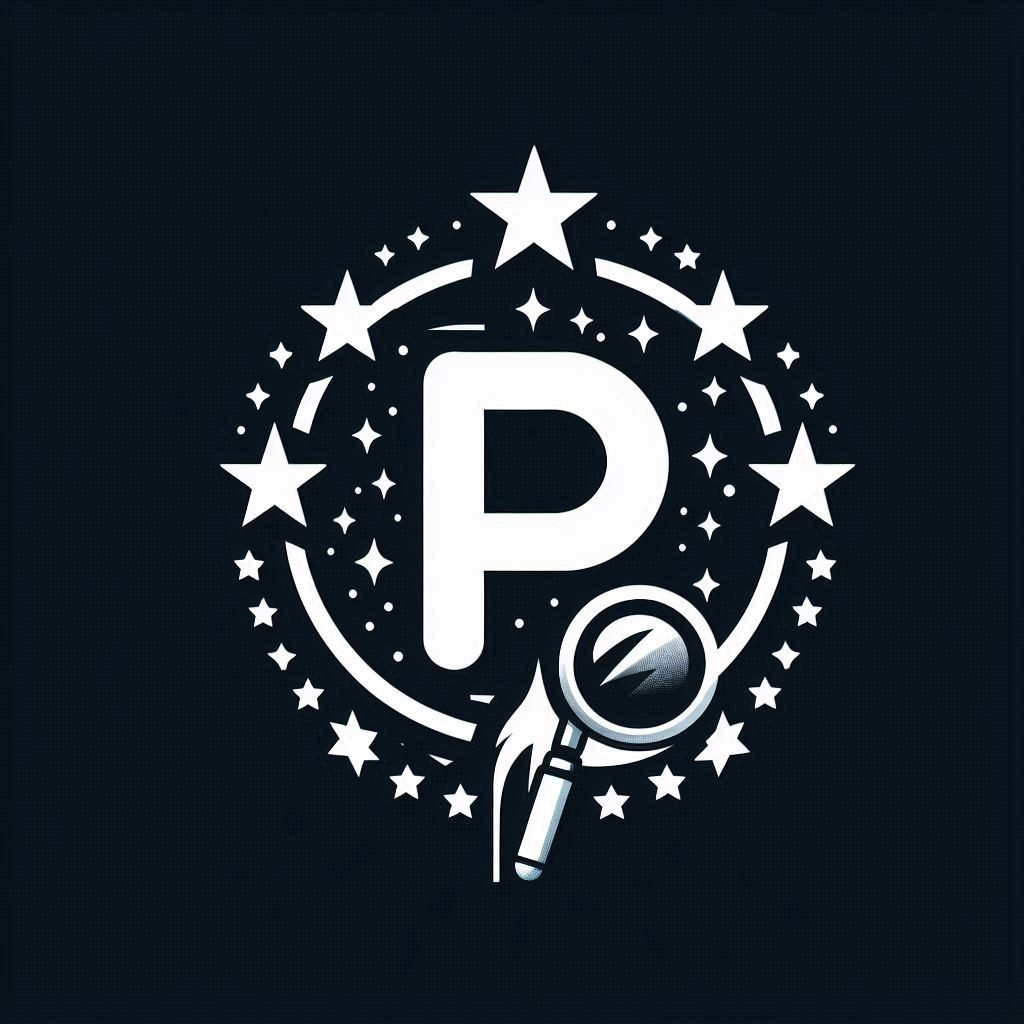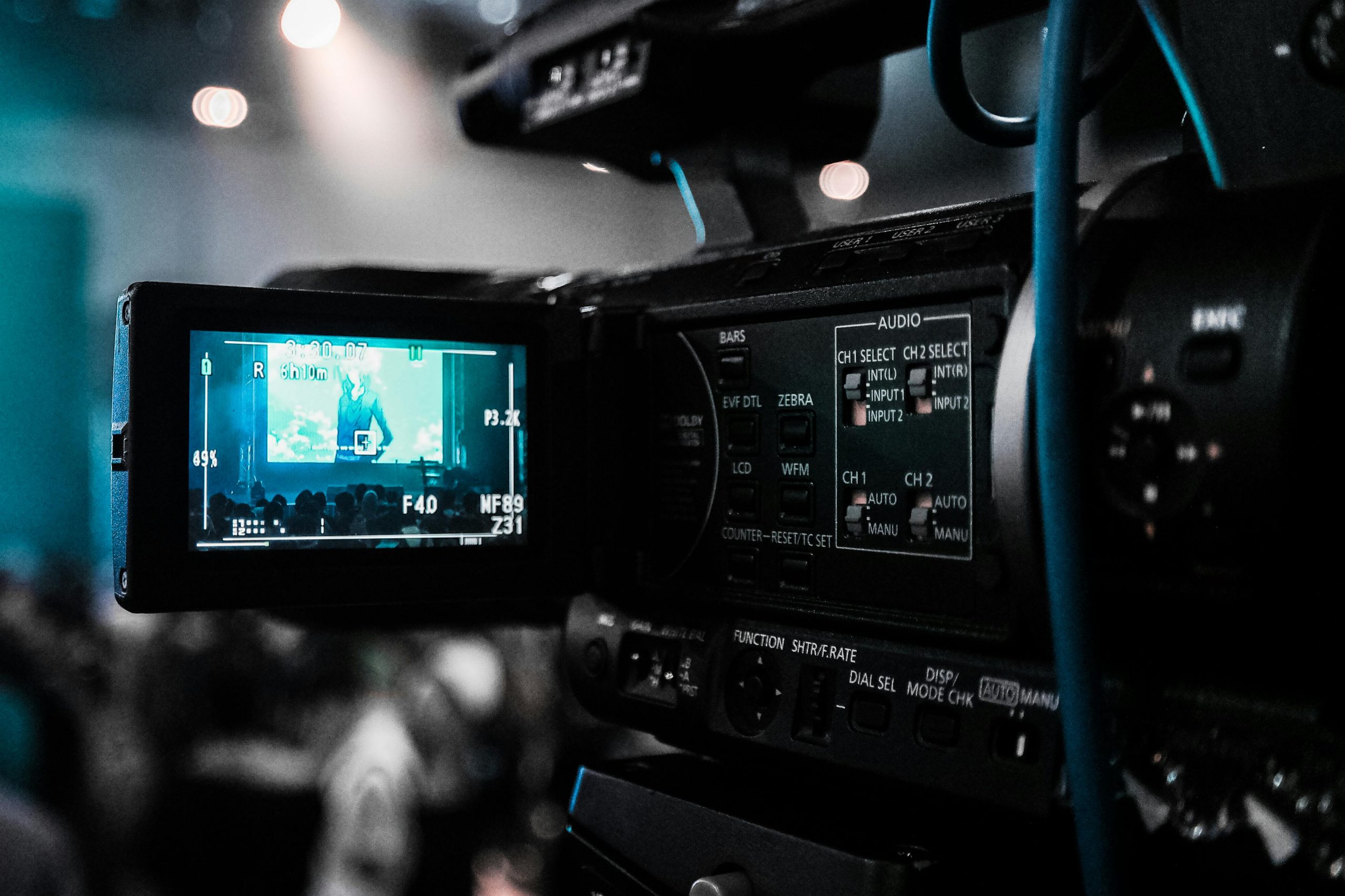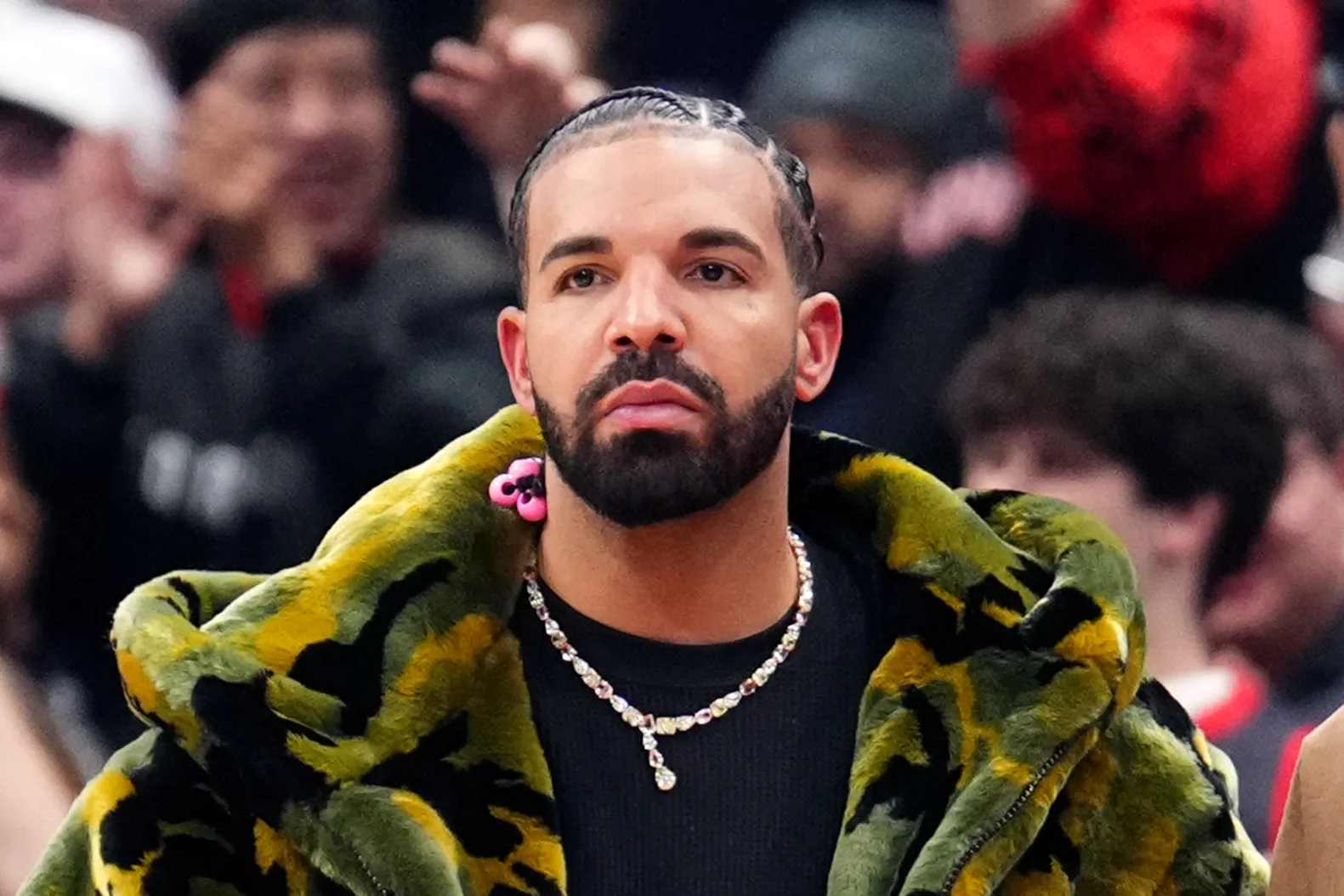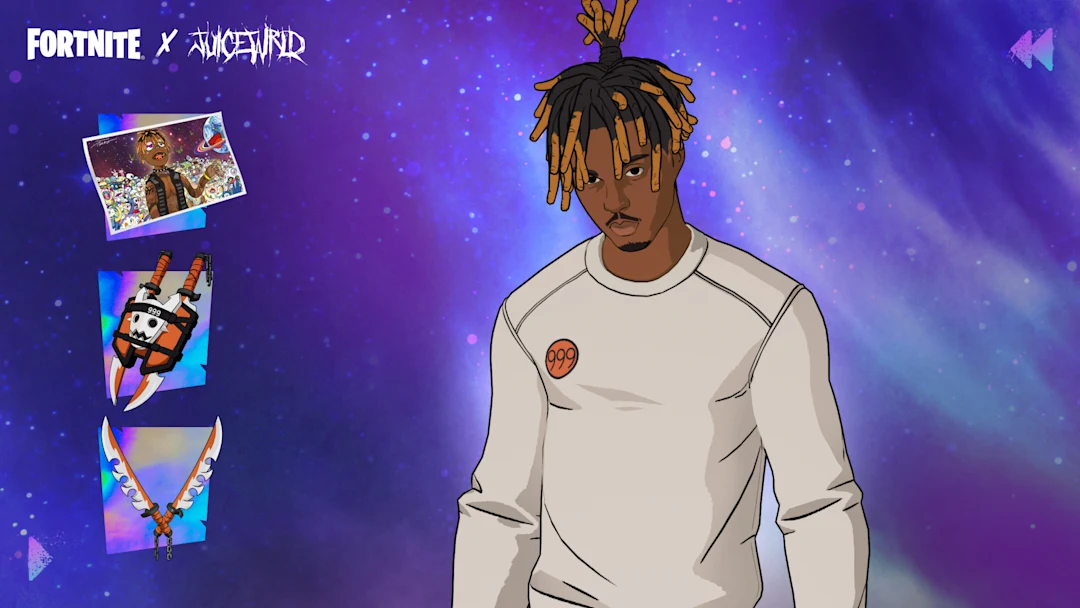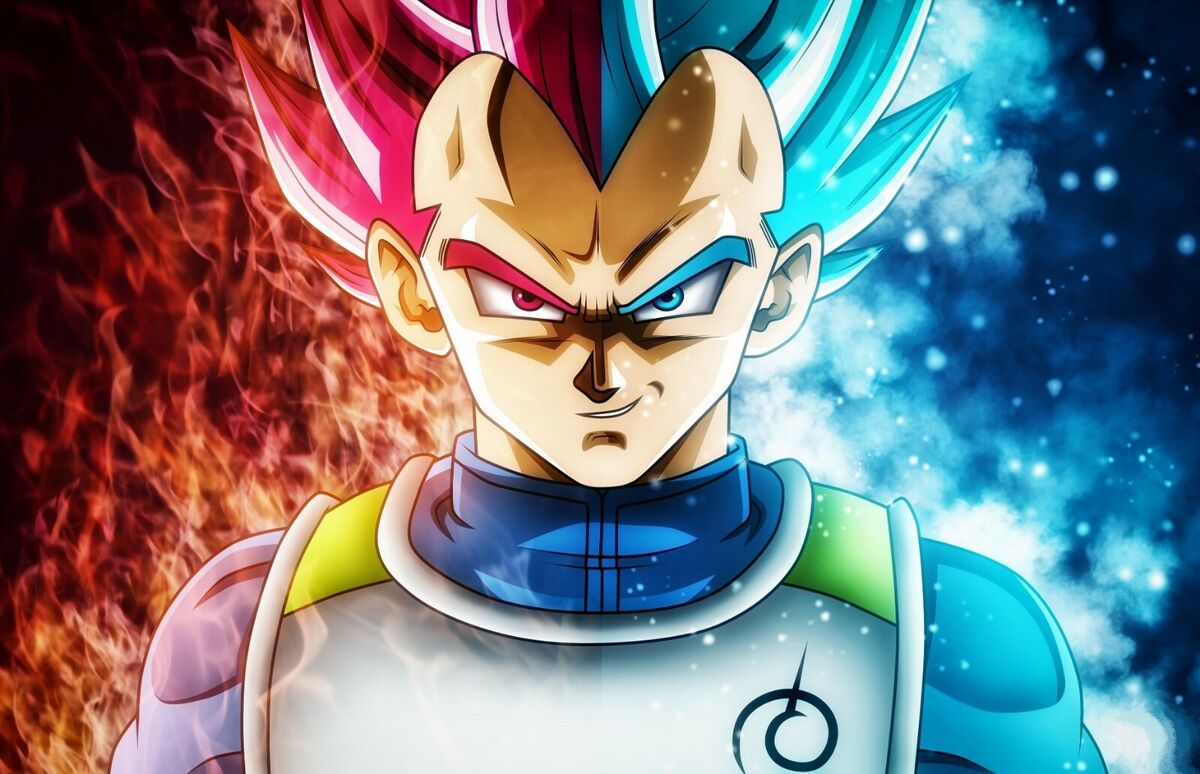In the evolving world of entertainment, the lines between literature and visual media have never been blurrier. Streaming platforms, in fierce competition for subscribers, are increasingly turning to the treasure trove of storytelling found in books. This trend has not only reshaped the dynamics of the streaming wars but also reinvigorated the publishing industry, creating a symbiotic relationship between books and screens.
From epic fantasy worlds to contemporary thrillers, book-to-screen adaptations are capturing audience imaginations in ways few original screenplays can. This article explores the reasons behind this surge, highlights notable examples, delves into audience reception, and examines the broader impact on publishing trends.
The Allure of Book-to-Screen Adaptations
1. Built-In Audience
One of the most compelling reasons streaming platforms gravitate toward book adaptations is the ready-made audience that popular books bring. Established fan bases eagerly tune in to see beloved stories come to life, driving initial viewership numbers.
For instance, The Witcher (Netflix), based on Andrzej Sapkowski’s fantasy series, saw millions of fans from the book series and its related video games flock to the platform upon its release. Similarly, Bridgerton, adapted from Julia Quinn’s historical romance novels, became one of Netflix’s most-watched series, with over 82 million households tuning in during its first 28 days.
2. Narrative Depth
Books often offer intricate, well-developed narratives and characters that resonate with audiences. This depth provides a rich foundation for screenwriters and directors to craft compelling series or films, often spanning multiple seasons.
George R.R. Martin’s A Song of Ice and Fire, adapted into HBO’s Game of Thrones, is a prime example. Its sprawling world and complex character arcs captivated viewers for nearly a decade, setting a gold standard for book-to-screen adaptations.
3. Prestige and Awards
Adapting literary works can elevate a streaming platform’s brand by associating it with cultural and artistic prestige. Acclaimed works like Margaret Atwood’s The Handmaid’s Tale (Hulu) and Colson Whitehead’s The Underground Railroad (Amazon Prime Video) have earned critical acclaim and numerous awards, cementing the platforms’ reputations as purveyors of quality content.
Notable Book-to-Screen Adaptations
1. The Queen’s Gambit (Netflix)
Based on Walter Tevis’s 1983 novel, this limited series about a chess prodigy became a cultural phenomenon. Not only did it win 11 Emmy Awards, but it also sparked a global surge in chess interest, with chessboard sales skyrocketing.
2. Shadow and Bone (Netflix)
Leigh Bardugo’s Grishaverse novels provided the blueprint for this fantasy series, which blended intricate world-building with a diverse cast of characters. Fans of the books praised the adaptation’s fidelity, while newcomers were drawn in by its compelling narrative.
3. Good Omens (Amazon Prime Video)
Adapted from Neil Gaiman and Terry Pratchett’s novel, Good Omens brought the duo’s quirky apocalyptic comedy to life. Its faithful adaptation and star-studded cast, including David Tennant and Michael Sheen, earned it critical acclaim and a dedicated fan base.
4. Daisy Jones & The Six (Amazon Prime Video)
Taylor Jenkins Reid’s best-selling novel about a fictional 1970s rock band was transformed into a highly anticipated series. Its documentary-style storytelling and original music brought the fictional band to life, earning praise for its innovative approach.
Audience Reception: Expectations vs. Reality
1. Faithfulness to the Source Material
For fans of the original books, faithfulness to the source material is often a make-or-break factor. While some adaptations, like Harry Potter and The Lord of the Rings, are celebrated for their loyalty, others face backlash for deviating too far.
For instance, Netflix’s Percy Jackson & the Olympians adaptation in 2010 drew sharp criticism from fans of Rick Riordan’s series for its departures from the original plot and character dynamics. This reaction underscores the high stakes of adapting beloved books.
2. Expanding the Audience
Adaptations also serve as gateways for non-readers to discover the original works. After the release of Big Little Lies (HBO), based on Liane Moriarty’s novel, the book experienced a surge in sales, introducing a new audience to Moriarty’s storytelling.
3. Creative Interpretation
Not all adaptations aim for strict fidelity. Some, like The Shining (based on Stephen King’s novel), take creative liberties to craft a distinct vision. While this can alienate purists, it often sparks debates and keeps the conversation alive.
The Impact on Publishing Trends
1. The Rise of the “Binge-Worthy” Book
With streaming platforms seeking content to adapt, publishers are increasingly marketing books as “cinematic” or “binge-worthy.” Stories with fast-paced plots, vivid imagery, and episodic structures are particularly attractive.
Authors like Taylor Jenkins Reid (The Seven Husbands of Evelyn Hugo) and Matt Haig (The Midnight Library) have seen their works described in such terms, making them prime candidates for adaptation.
2. Increased Book Sales
Adaptations often lead to a surge in book sales, as seen with The Queen’s Gambit and Bridgerton. This symbiotic relationship benefits publishers and streaming platforms alike, creating a virtuous cycle of media consumption.
3. Renewed Interest in Classics
Streaming adaptations are also revitalizing interest in classic literature. Hulu’s Little Fires Everywhere, based on Celeste Ng’s novel, and Greta Gerwig’s film adaptation of Little Women brought these stories to new generations of readers and viewers.
Challenges in Adapting Books for Streaming
1. Pacing and Structure
Books often follow a narrative structure that doesn’t easily translate to episodic formats. Screenwriters must decide which elements to expand, condense, or omit entirely. Finding this balance can be challenging and may lead to mixed audience reactions.
2. Casting and Representation
Casting choices in adaptations are frequently scrutinized. Decisions about diversity, fidelity to the book’s descriptions, or reimagining characters can ignite debates among fans. For example, the casting of Anne Boleyn as a Black actress in Channel 5’s Anne Boleyn sparked discussions about historical accuracy and representation.
3. Risk of Oversaturation
With so many adaptations being greenlit, there’s a growing risk of oversaturation. Not every book is suited for the screen, and rushing adaptations can result in diluted storytelling or subpar productions, alienating both fans and casual viewers.
The Future of Book-to-Screen Adaptations
As the streaming wars continue, the demand for compelling content will only grow. Here are some trends to watch for in the evolving relationship between books and screens:
- Interactive Storytelling: Platforms like Netflix have experimented with interactive content (Black Mirror: Bandersnatch). This format could pave the way for choose-your-own-adventure adaptations.
- Global Stories: As streaming platforms expand their global reach, adaptations of non-English literature, such as The Three-Body Problem (Netflix), will bring diverse voices to the forefront.
- AI in Adaptations: Artificial intelligence may soon assist in screenwriting, helping adapt complex narratives more efficiently.
Conclusion
Books have always been a wellspring of creative inspiration, and their transformation into streaming content is reshaping both the entertainment and publishing industries. By tapping into the depth, complexity, and emotional resonance of literary works, streaming platforms are not only winning the streaming wars but also bridging the gap between readers and viewers.
As this trend continues, it challenges creators, producers, and publishers to innovate while respecting the source material’s integrity. The future of entertainment is undeniably tied to the power of storytelling—a timeless art form that transcends mediums.
